Which is superior? Here’s how to put an end to that bar-night discussion.
Yogi Berra, who was never known to obsess over engine specs, would have decided that torque and horsepower are the same thing but different. That is, in fact, a somewhat accurate simplification.
When you turn the key and push the accelerator, engines create torque and power. The crankshaft, gearbox, and drive axles rotate when air and fuel ignite in the combustion chambers. This is an energy conversion miracle: the potential energy in a gallon of recycled dinosaur is efficiently converted to the kinetic energy required for driving.
The simple definition:
Horsepower is how fast you hit the wall, Torque is how far you take the wall with you!
Consider the following textbook definitions:
Energy is the ability to do work. In this case, engines accomplish the drudgery (work) that horses used to do.
Work is the consequence of a force operating over a specific distance. Foot-pounds are the unit of measurement for work (and also energy) in the United States. Work is measured in joules and, in rare cases, newton-meters in the International System (SI).
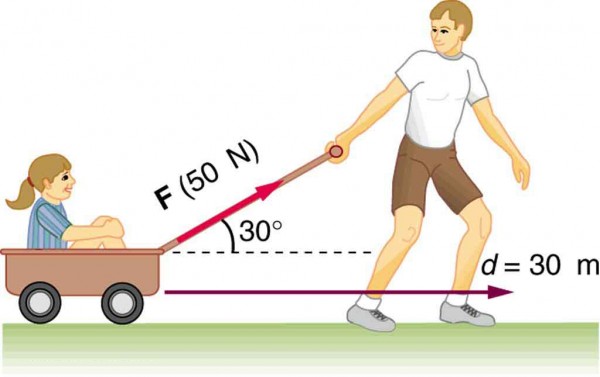
Torque is a rotational force produced by the crankshaft of an engine. The more the torque produced by an engine, the higher its ability to accomplish work. The measurement is similar to yet slightly different from work. Torque is measured in pound-feet and newton-meters since it is a vector (operating in one direction).
Of course, there are always exceptions. In this situation, the differentiation is between static torque and torque applied using a wrench to tighten head nuts. To minimize misunderstanding, static torque is generally measured in foot-pounds. SI, on the other hand, uses newton-meters for both static and dynamic torque measurements.
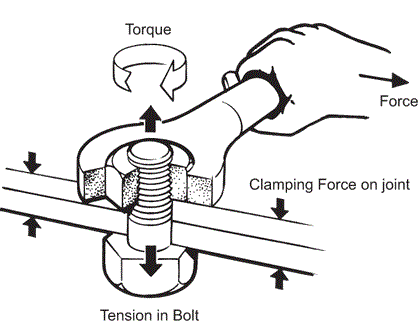
The speed with which work is completed is defined as power. James Watt, an eighteenth-century Scottish innovator, provided us with this useful equivalency: one horsepower equals the power necessary to raise 33,000 pounds precisely one foot in one minute. In recognition of that contribution, the kilowatt is the SI measuring unit for power.
To return to Berra’s theorem, torque is the capability to execute work, but power is the rate at which a demanding activity can be completed. In other terms, power is the pace at which work is completed (or torque is applied) in a given length of time. Horsepower is calculated as torque multiplied by revolutions per minute (rpm). H = T x rpm/5252, where H is horsepower, T is pound-feet, rpm is the speed at which the engine spins, and 5252 is a constant that causes the units to jiggle. An engine must produce greater torque, run at a higher rpm, or both to produce greater power.
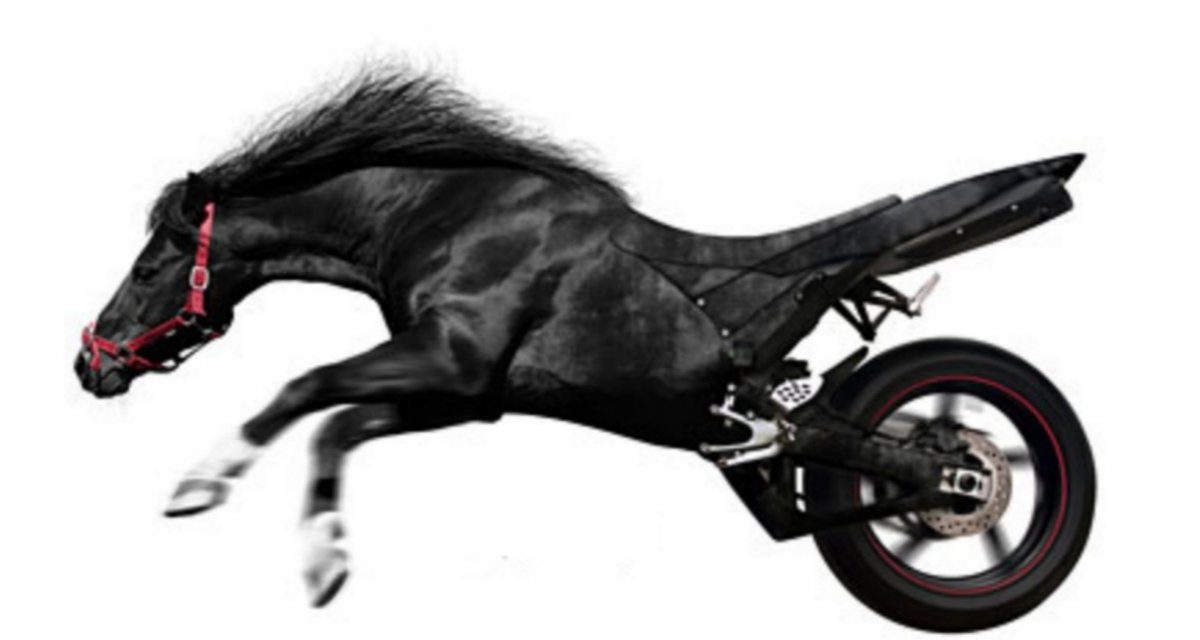
While thumbnail definitions are useful in textbooks, using them in actual engines is a different story. One source of worry is that every automobile engine has an idle-to-redline operating range. For example, the 6.2-liter Hellcat V-8 in the Dodge Challenger makes 707 horsepower ONLY at 6000 rpm. It produces significantly less power at idle (just enough to spin engine-driven accessories) and somewhat less than 700 horsepower at the redline of 6200 rpm. And it only produces 650 pound-feet of torque at 4000 rpm.
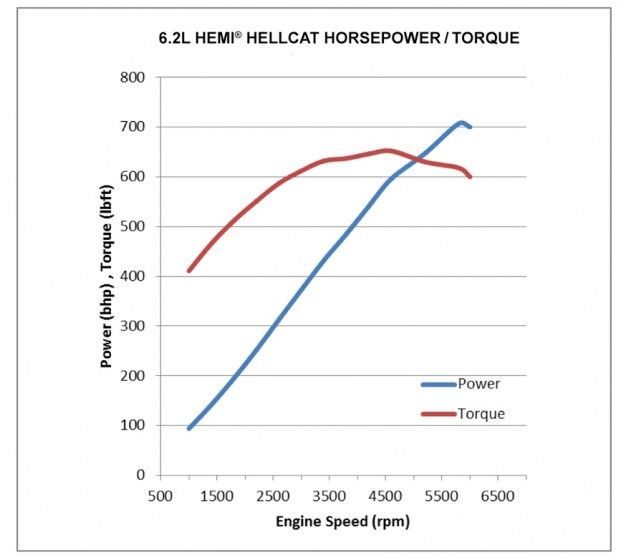
Another challenge is precisely measuring the power and torque produced by a rotating crankshaft. An engine dynamometer is the tool for this job. While the term literally means “power measurement device,” in fact, the engine’s torque and rpm are measured, and its power is estimated using the method mentioned above.
Eddy current dynamometers employ a magnetic field to transfer torque from a spinning crankshaft to a lever arm bearing against a static force gauge (also known as a load cell) located precisely from the crank’s center. A water brake dynamometer is another form of dynamometer used; it employs one rotating and one static pair of pump vanes to transmit crankshaft torque to a load cell through a lever arm.
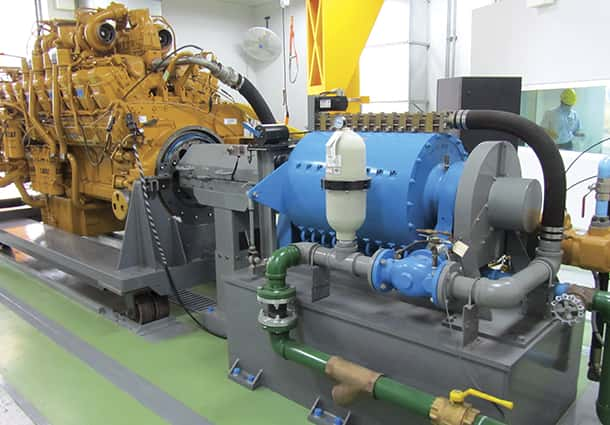
The ideal engine generates plenty of torque at low rpm and maintains it to the redline. The amount of torque produced is related to the amount of air moving through the engine. Large engines provide higher torque because they pump more air. Boosters—superchargers and turbochargers—provide more air to assist tiny engines in acting huge. Of course, the combustion chambers must be fed with enough fuel, but that is the simple part, especially with electronically regulated injection.
To compensate for the simplicity of injecting the correct amount of gasoline, engine designers must complete a number of challenging tasks. One is to make all of the components strong enough to withstand the stresses imposed by combustion pressure and, in the case of moving parts, their own inertia. Cooling and lubrication requirements are typically proportional to power output. Pumping air into, through, and out of any engine at extremely high RPMs is where engineering becomes an art form. When you include fuel economy and exhaust purity into the development equation, it’s easy to see why engine builders rarely hang out at the water cooler.
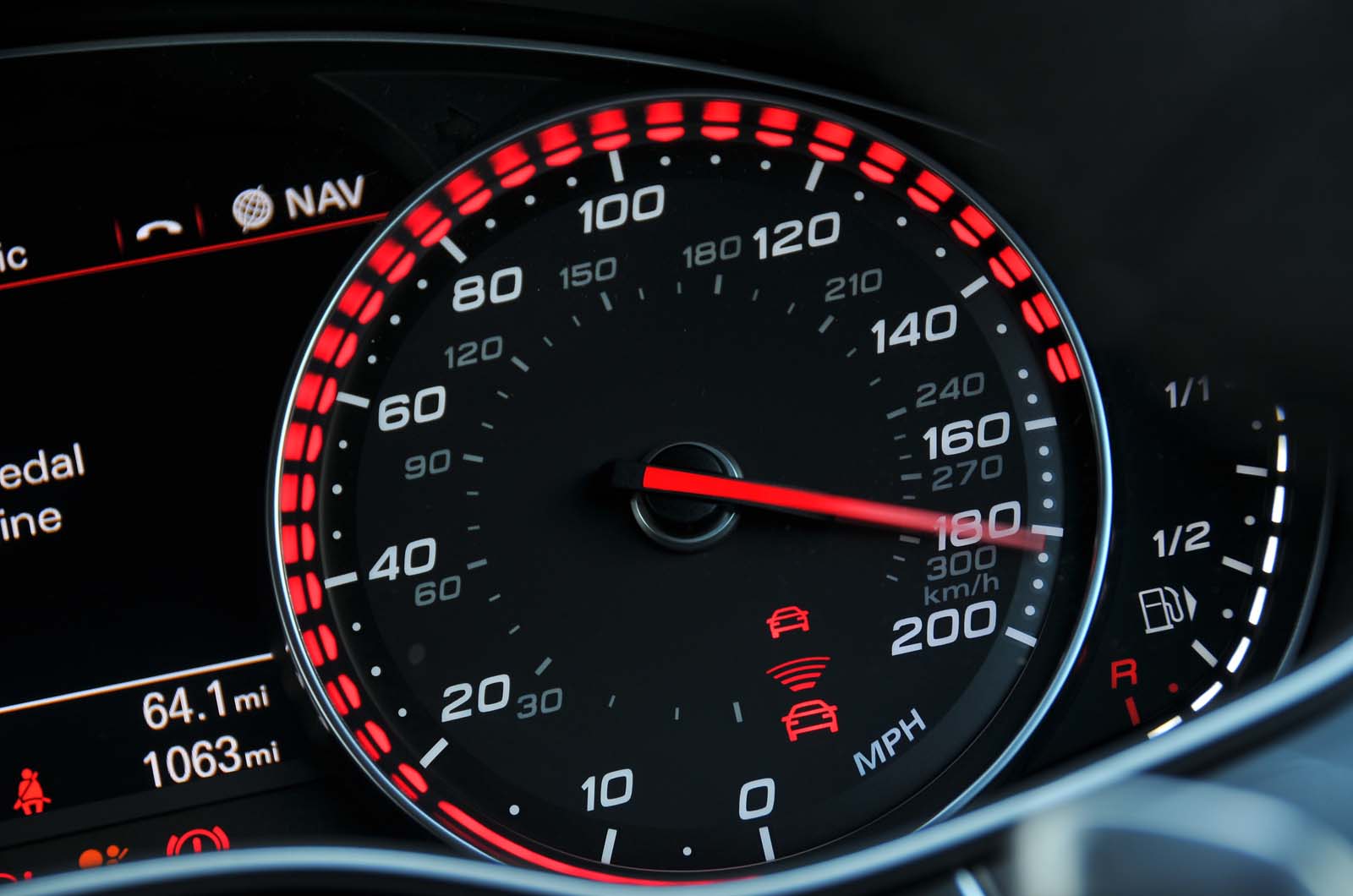
It should be evident that torque and horsepower are like divorced parents; they are linked but have little in common. But what about the larger moral dilemma confronting humanity in general, and automobile fans in particular: Which is better?
We’ll respond in words Yogi Berra would understand. If torque is the catcher in a baseball game, then horsepower is the pitcher. Both are required to play baseball, but the pitcher’s responsibilities, which include deciding the pace and route of every ball thrown, dominate the game. Torque is essential to the functioning of every engine, but horsepower is what differentiates a great engine from a decent one.
No comments:
Post a Comment